These lovely little flitting zoomers begin appearing in Northern Nevada as early as April, just as dandelions bloom and the snow starts to recede.
Hummingbirds can survive in temperatures down into the 20s, as long as they have a food source, like full feeders or early-blooming weeds and dandelions. During cold snaps, they enter a state of torpor, a temporary hibernation-like condition in which body temperature and metabolic rate drop. Once the sun returns, they perk up and resume their hovering ways.
There are about 366 species of hummingbirds, and six can be seen in our region. Some stick around year-round, while others pass through. The earliest arrivals are usually on the move again by late spring, replaced by those that stay with us through summer.
It's common to see feeders up all season long. But some practices once considered helpful have since fallen out of favor, such as adding red food coloring to sugar water. Southern Living reports that dyes like Red #40 are derived from petroleum and have raised health concerns for both humans and animals.
Because we're drawn to help and to attract these birds with vibrant feeders, red coloring was often added to entice them. In response, manufacturers began making feeders in bright colors, allowing people to offer clear sugar water while still drawing in hummingbirds safely.
Hummingbird nests are tiny. They are so small that they can be mistaken for yellow jacket nests. They're often tucked into tree limbs, porch overhangs, or even hanging wires and yard art. If you spot one near your home, consider it an honor. Birds build nests where they feel safe, and the incubation period for their eggs is typically 14 to 18 days. Look—but don't touch.
As the season moves on and local crops like alfalfa begin to bloom, food sources increase, drawing even more activity. Watch carefully and you might see a lively aerial dance among the fields, with hummingbirds zipping alongside butterflies of all sizes and colors.
If you see several birds battling near a feeder, you're not imagining things. Hummingbirds are fiercely territorial and will dive-bomb intruders to defend their nectar. Think of it like someone snatching your cookie bag—except at 60 mph.
Sometimes the zooming may look playful, but it's rarely friendly. Occasionally, males perform dramatic swoops to impress a potential mate, but most of the time, it's a turf war. Experts recommend setting up multiple feeders out of view from each other to reduce conflict.
As in many bird species, male hummingbirds are the flashier of the pair, showing off vibrant feathers to attract mates—or to assert dominance. That flash of red or green you see at the feeder might be part of a romantic display or a warning signal.
When it comes to nectar, pre-packaged versions available in liquid or powdered form are convenient but often contain preservatives and dyes. Experts recommend homemade nectar as a safer, healthier option. It's easy to make and keeps well when stored properly.
Homemade Hummingbird Nectar Recipe
- 4 parts clean, clear water
- 1 part white granulated sugar
Heat in a saucepan just until boiling. Do not over-boil. Once it starts to roll, remove from heat and stir until the sugar is fully dissolved. Let cool completely before adding to feeders. Store leftovers in the refrigerator in an airtight container for up to a week.
Wondering what to plant to attract more hummingbirds? These birds need a high-calorie diet and prefer bright, tubular flowers with abundant nectar. Daffodils, tulips, and crocuses bloom too early to help. Instead, plant blooms that thrive in summer, such as bee balm, columbine, or trumpet vine.
If you spot hummingbirds poking around evergreens or shrubs, they're likely not feeding on nectar—they're hunting bugs. Protein from beetles and insects is a vital part of their diet. These agile little birds drink like sailors but hunt like hawks.
Whether you're filling feeders or just enjoying their visits, take a moment to watch the aerial show. If you're lucky enough to host hummingbirds in your yard, you've got front-row seats to one of nature's most dazzling performances.



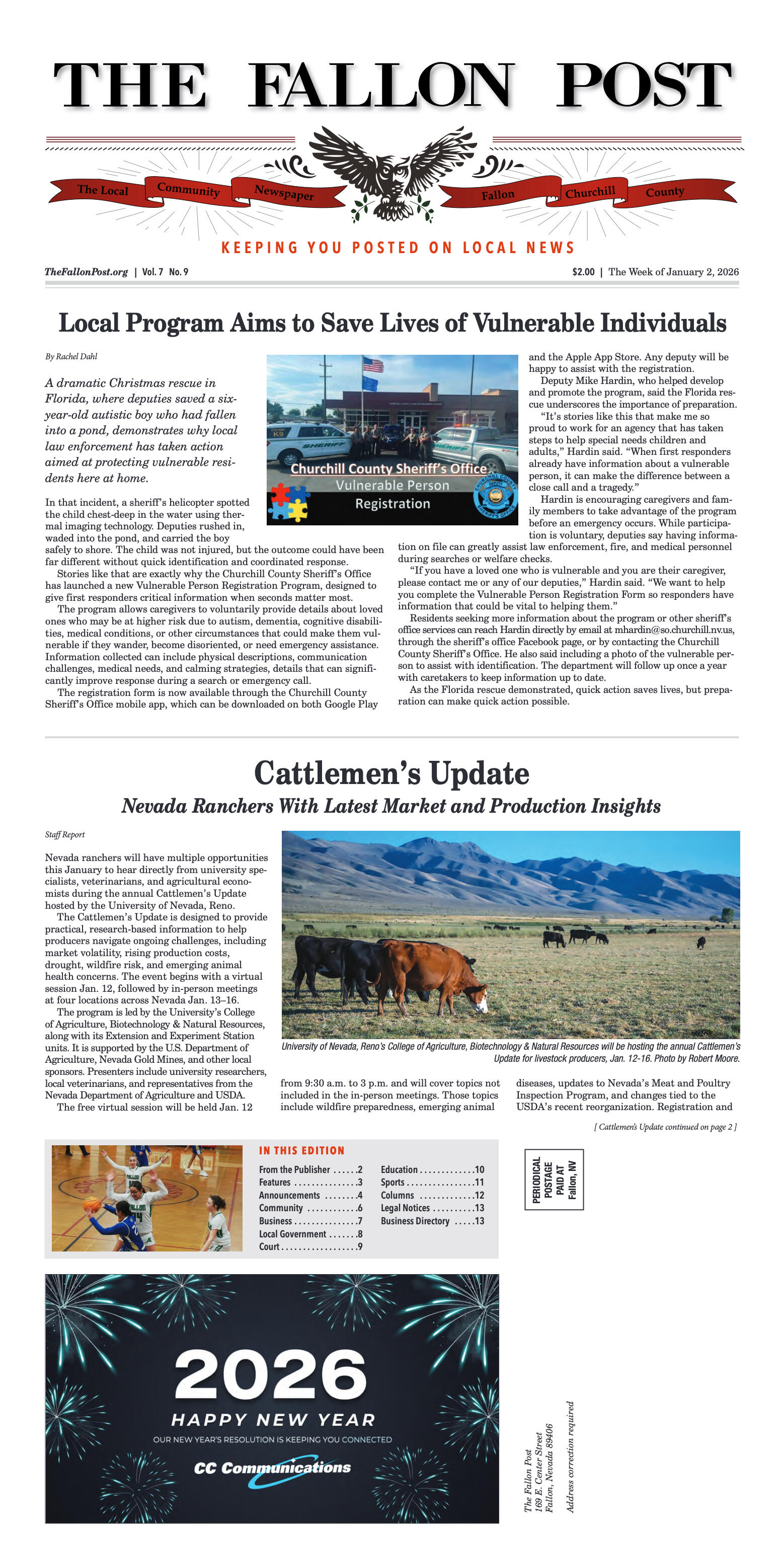
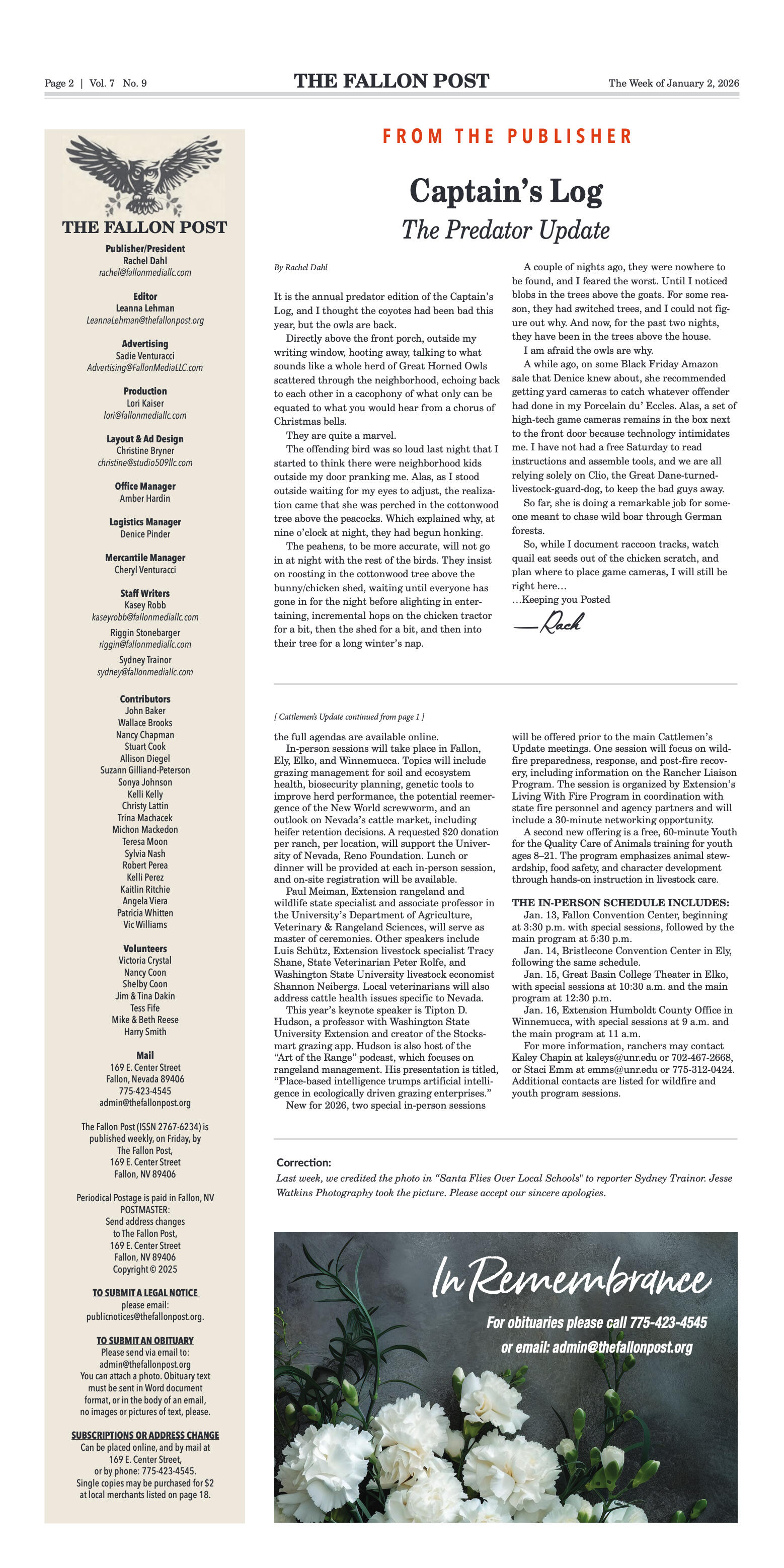
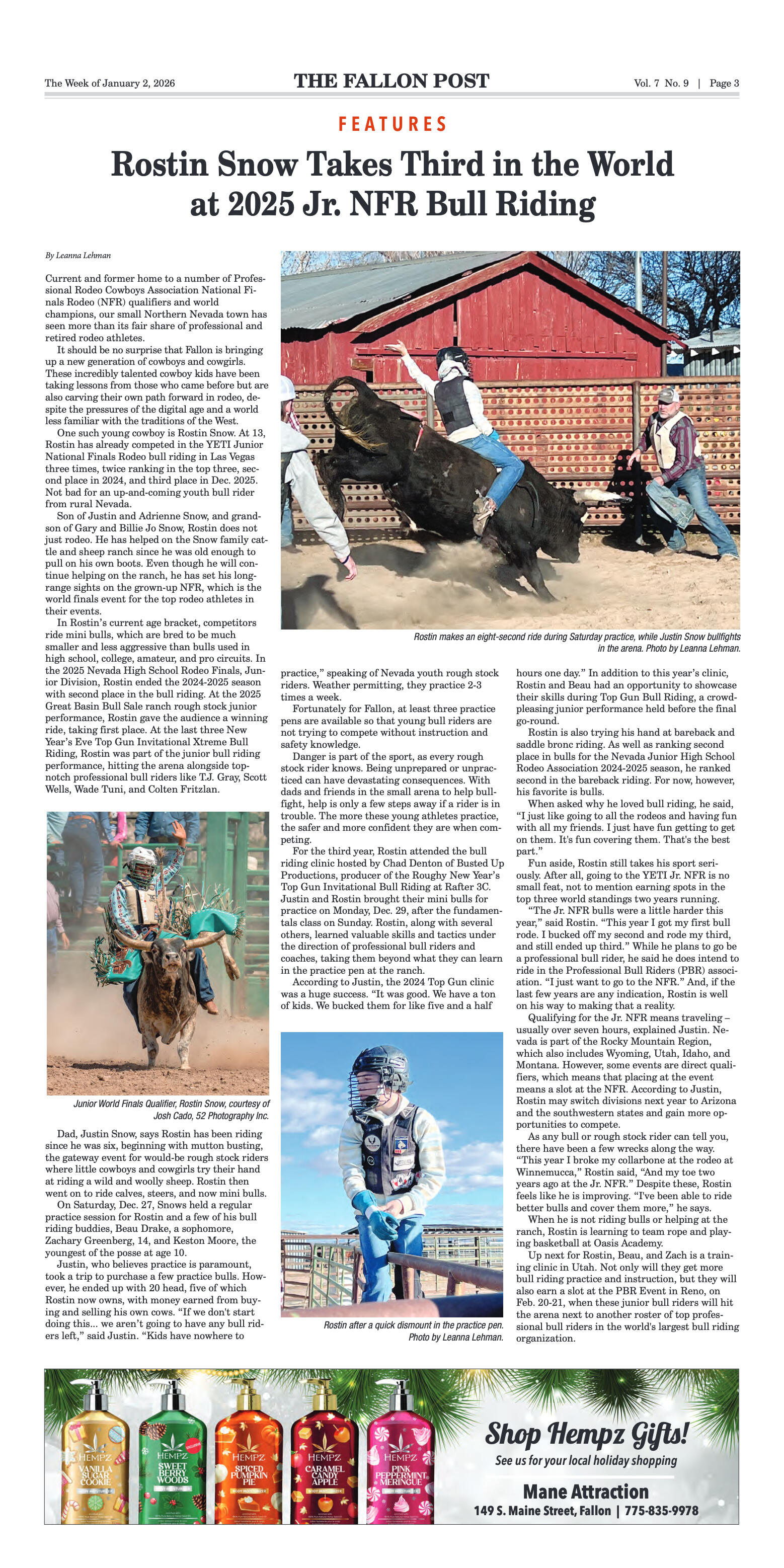
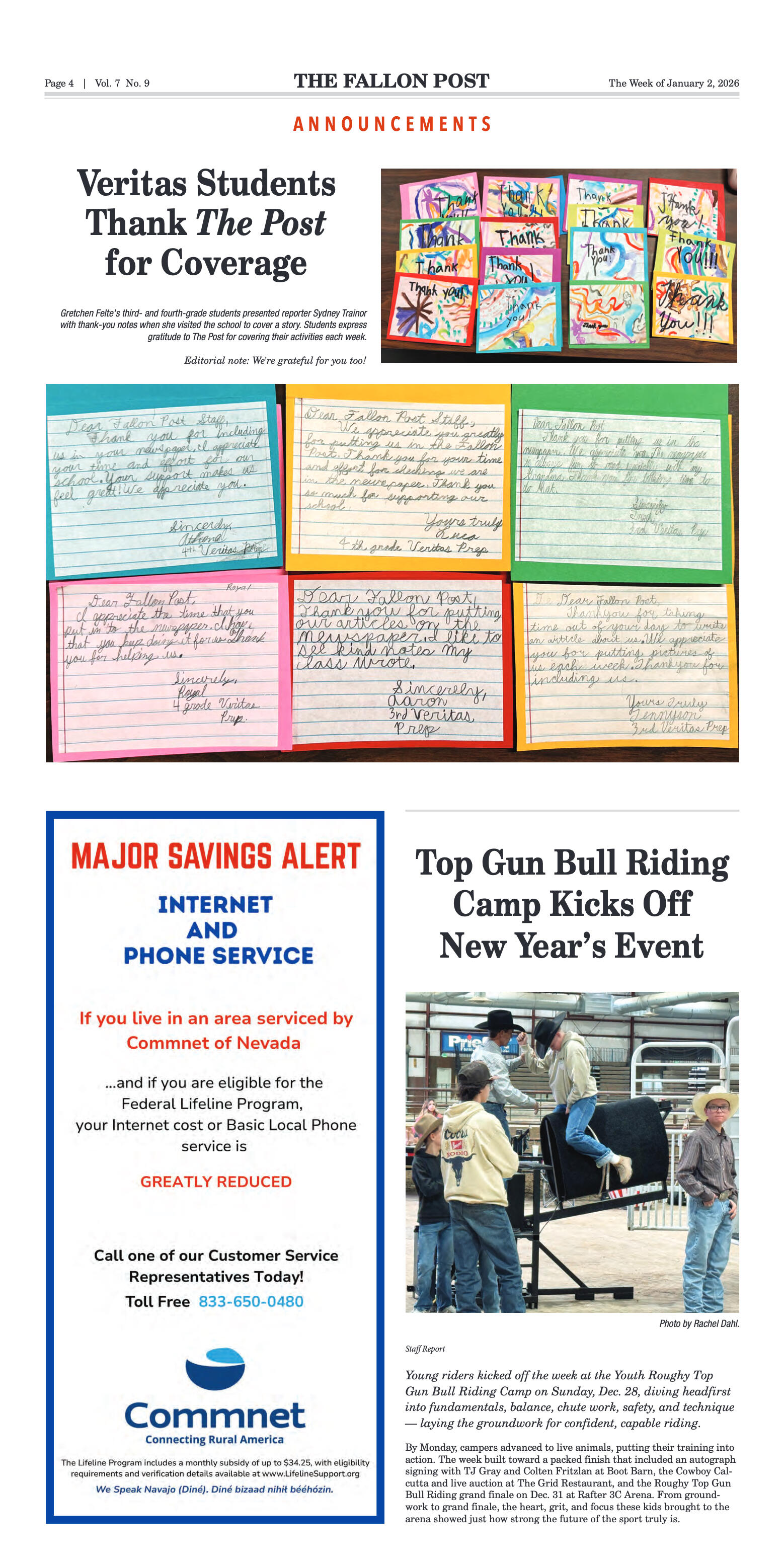
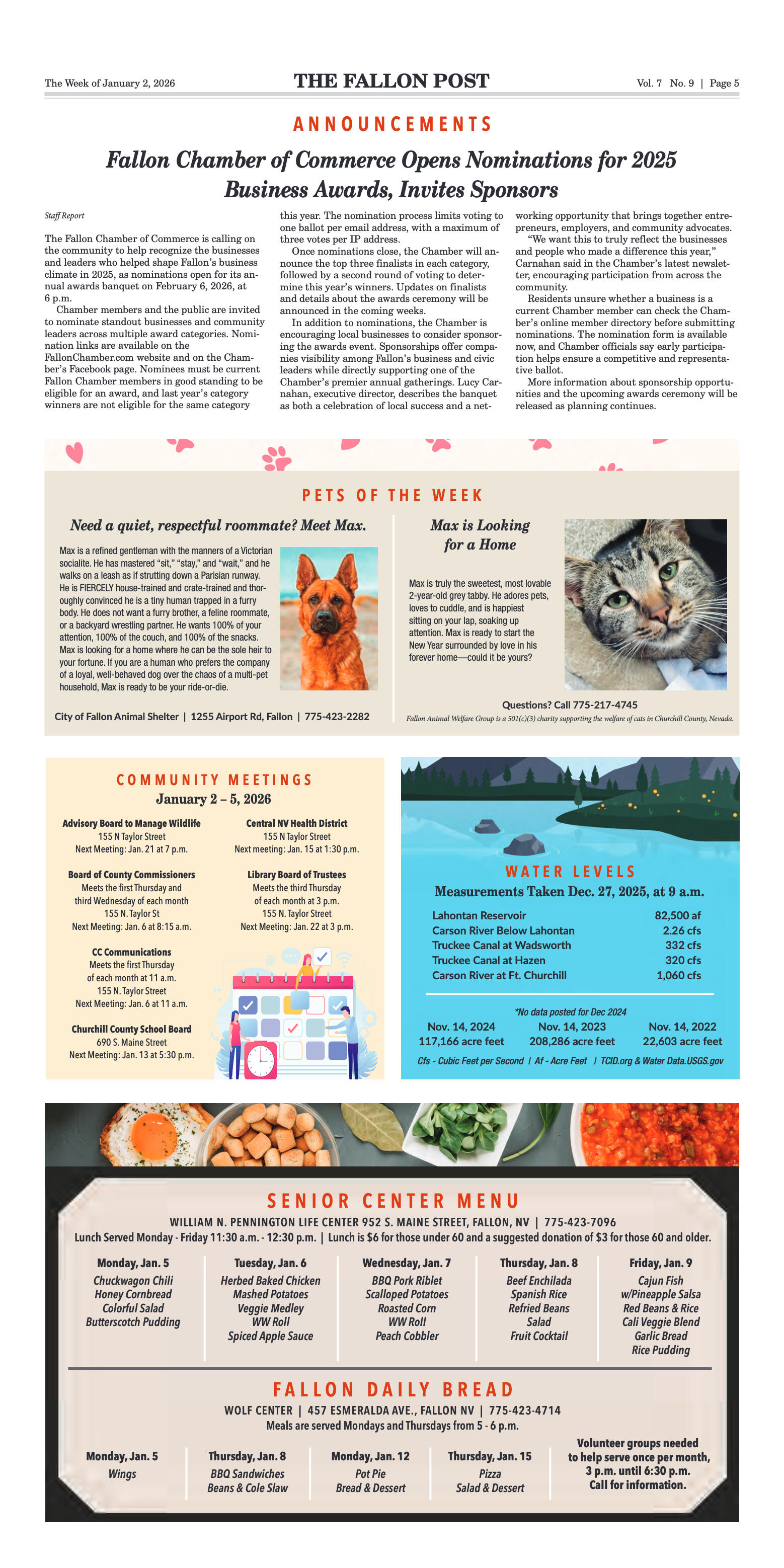

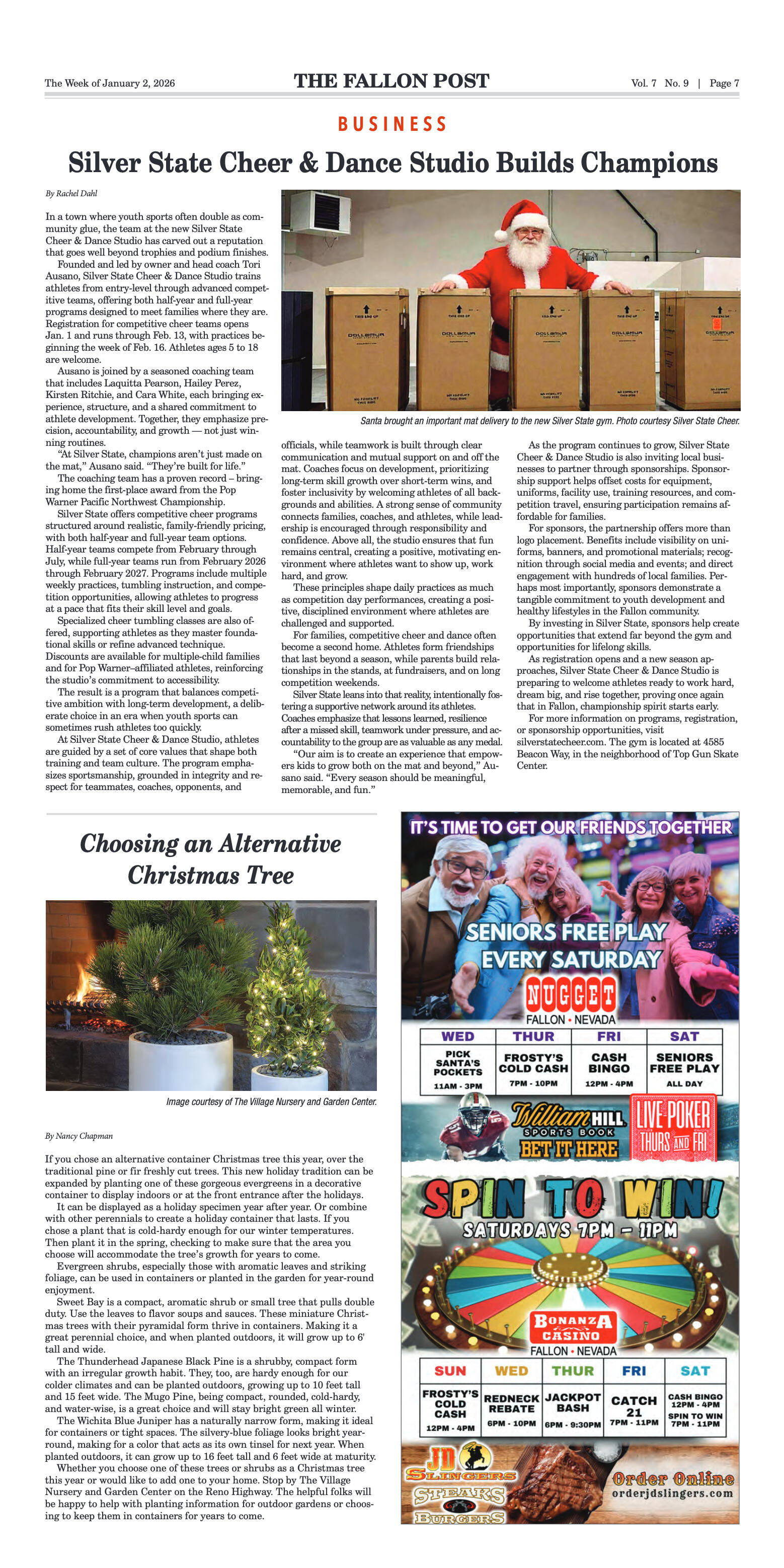
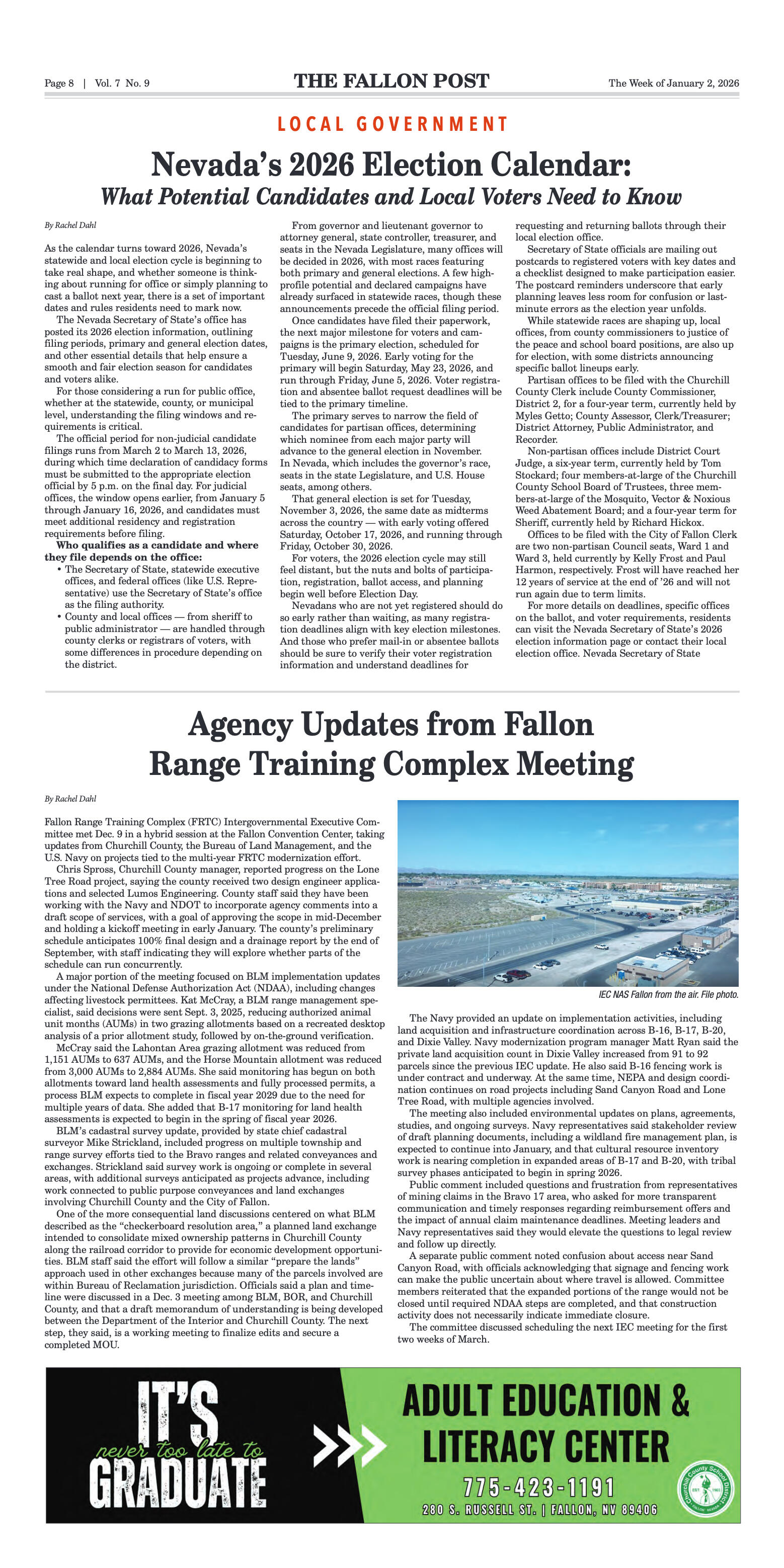
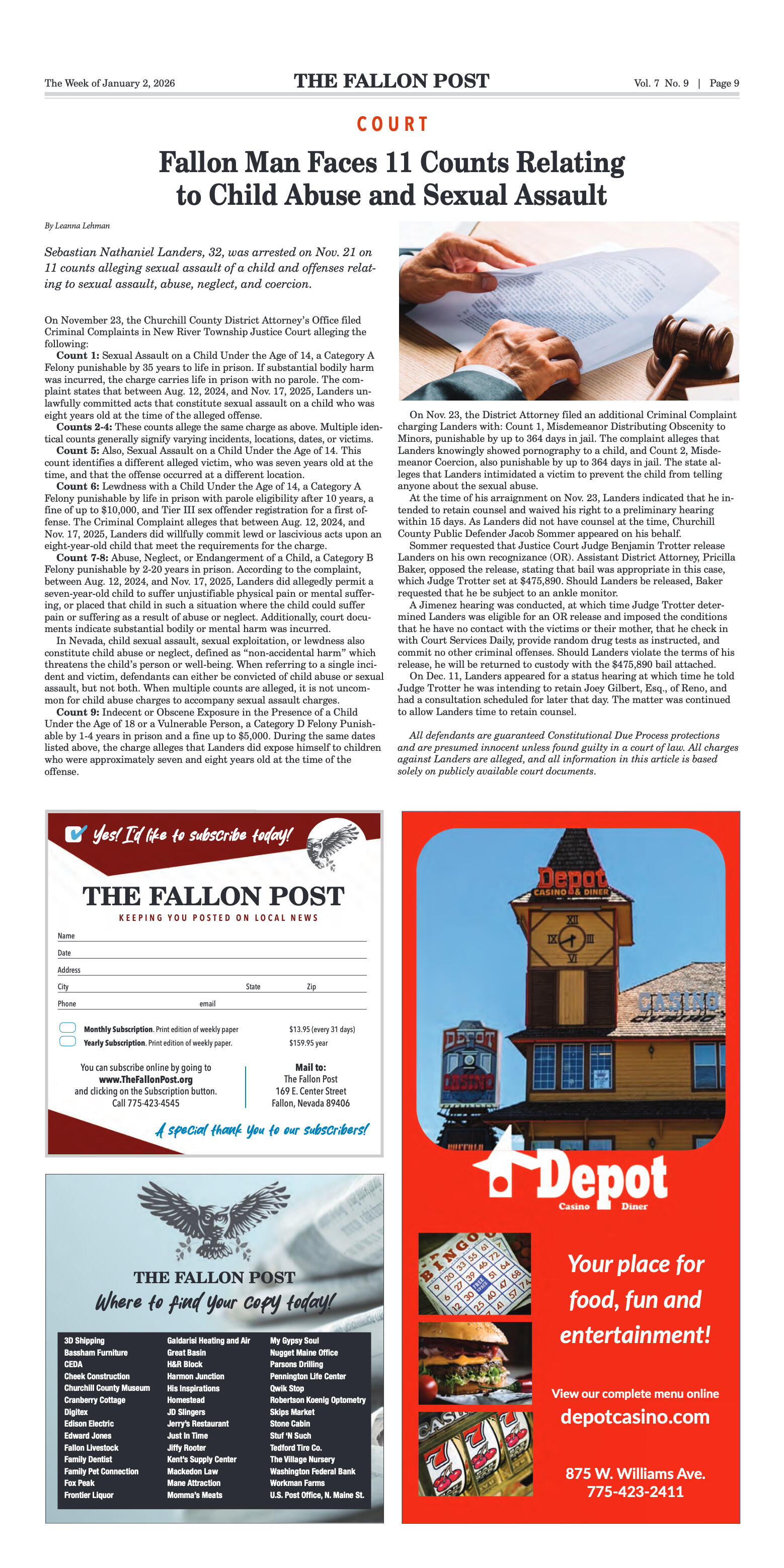

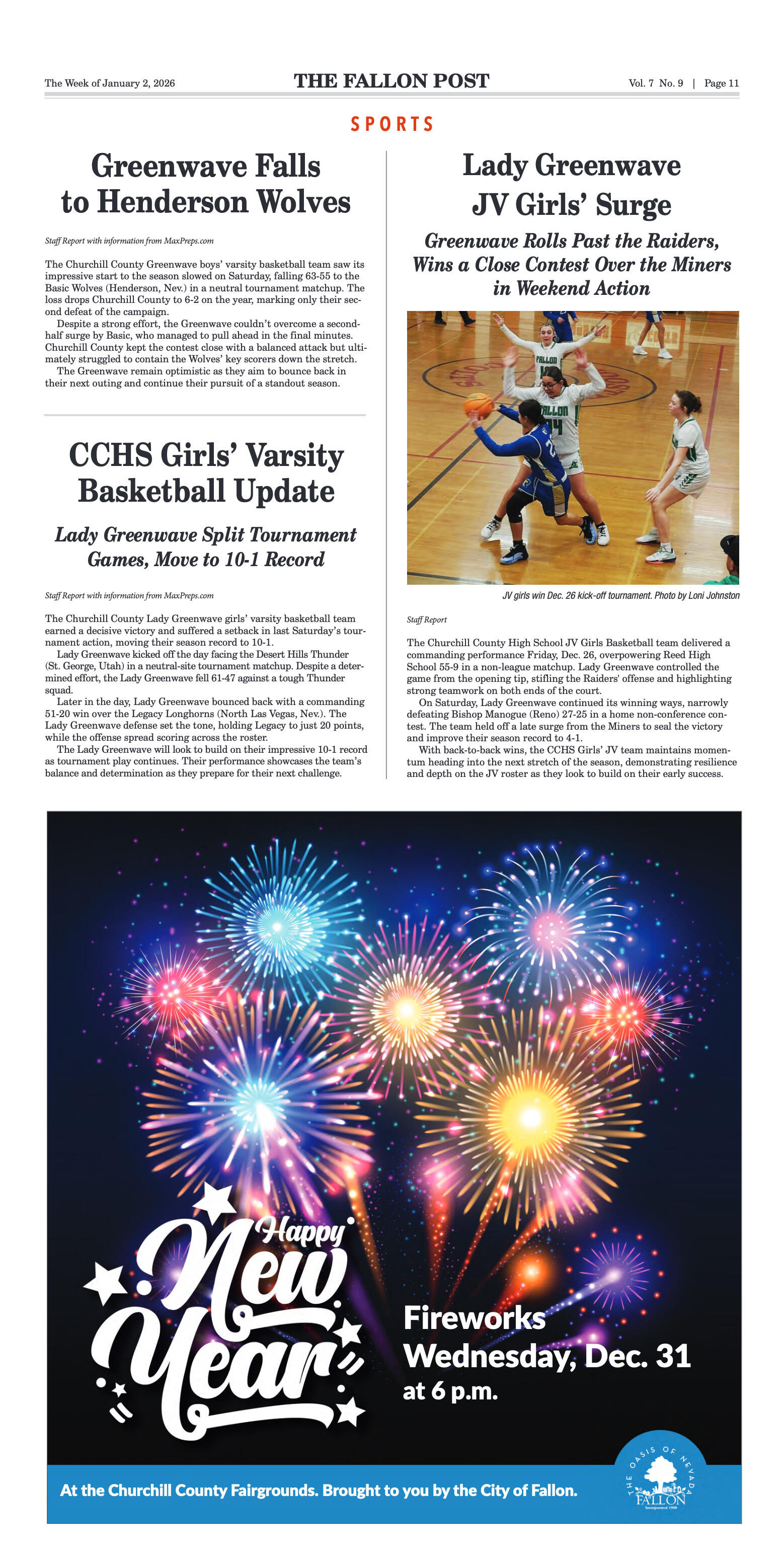
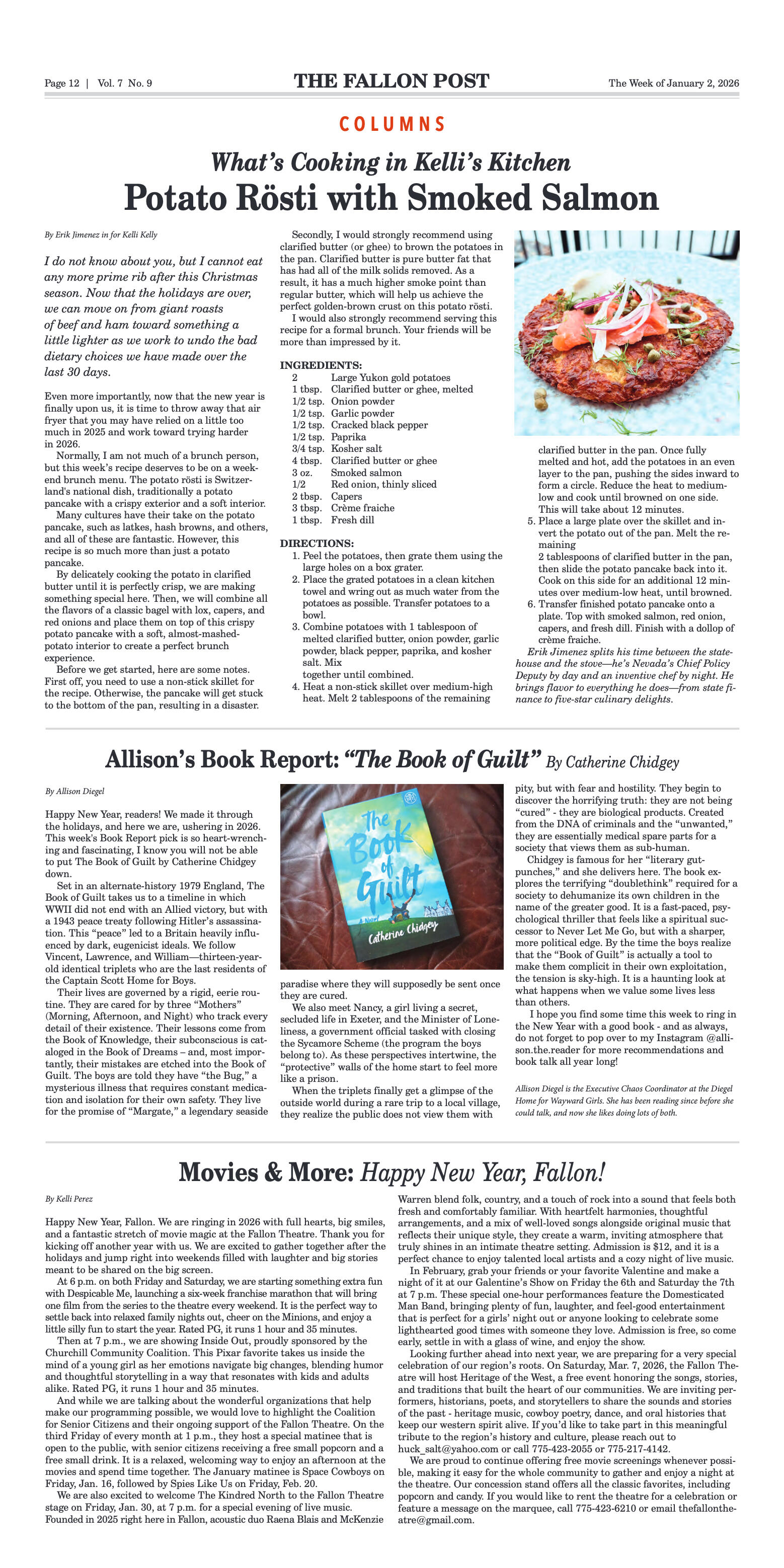
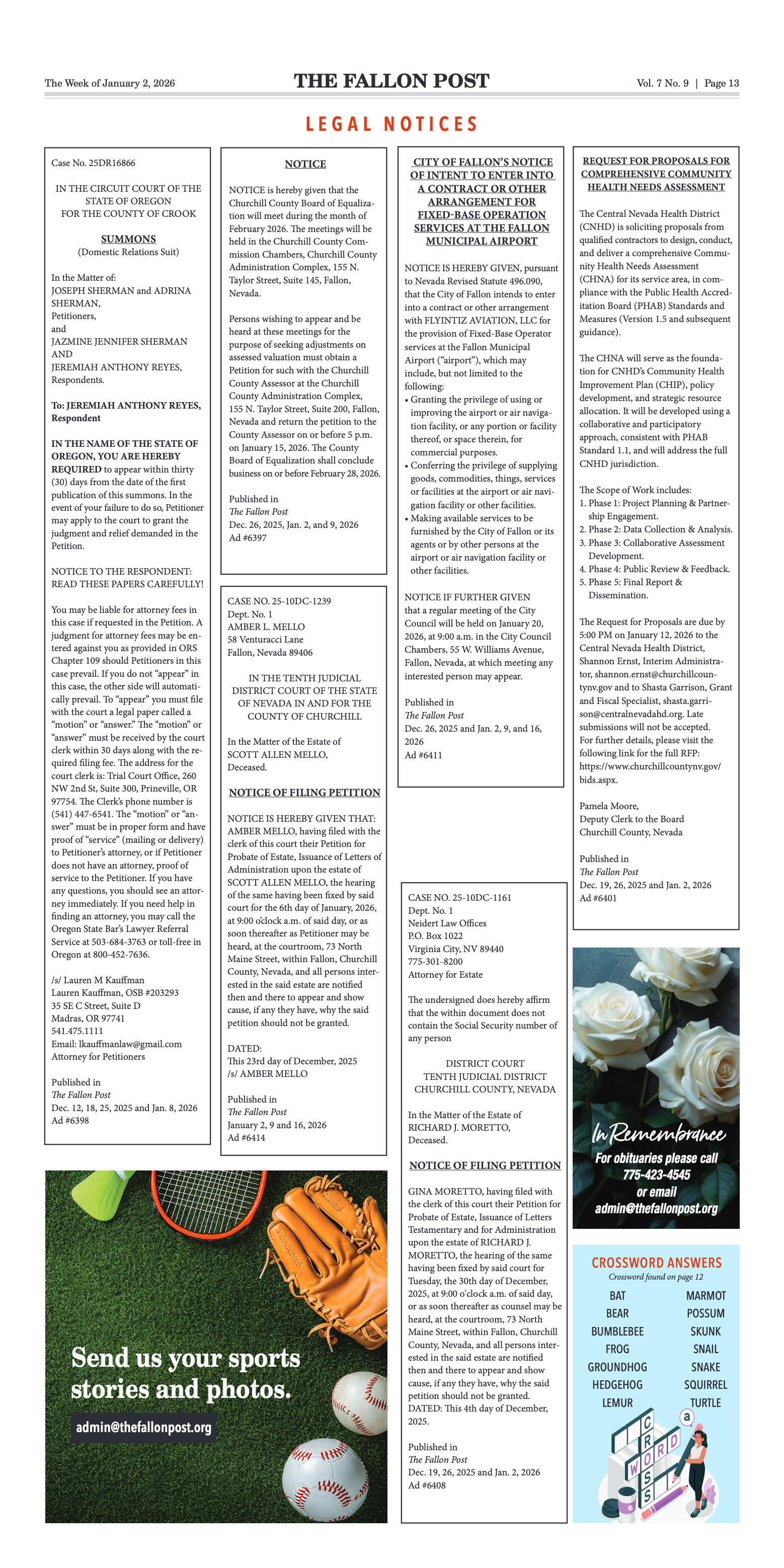
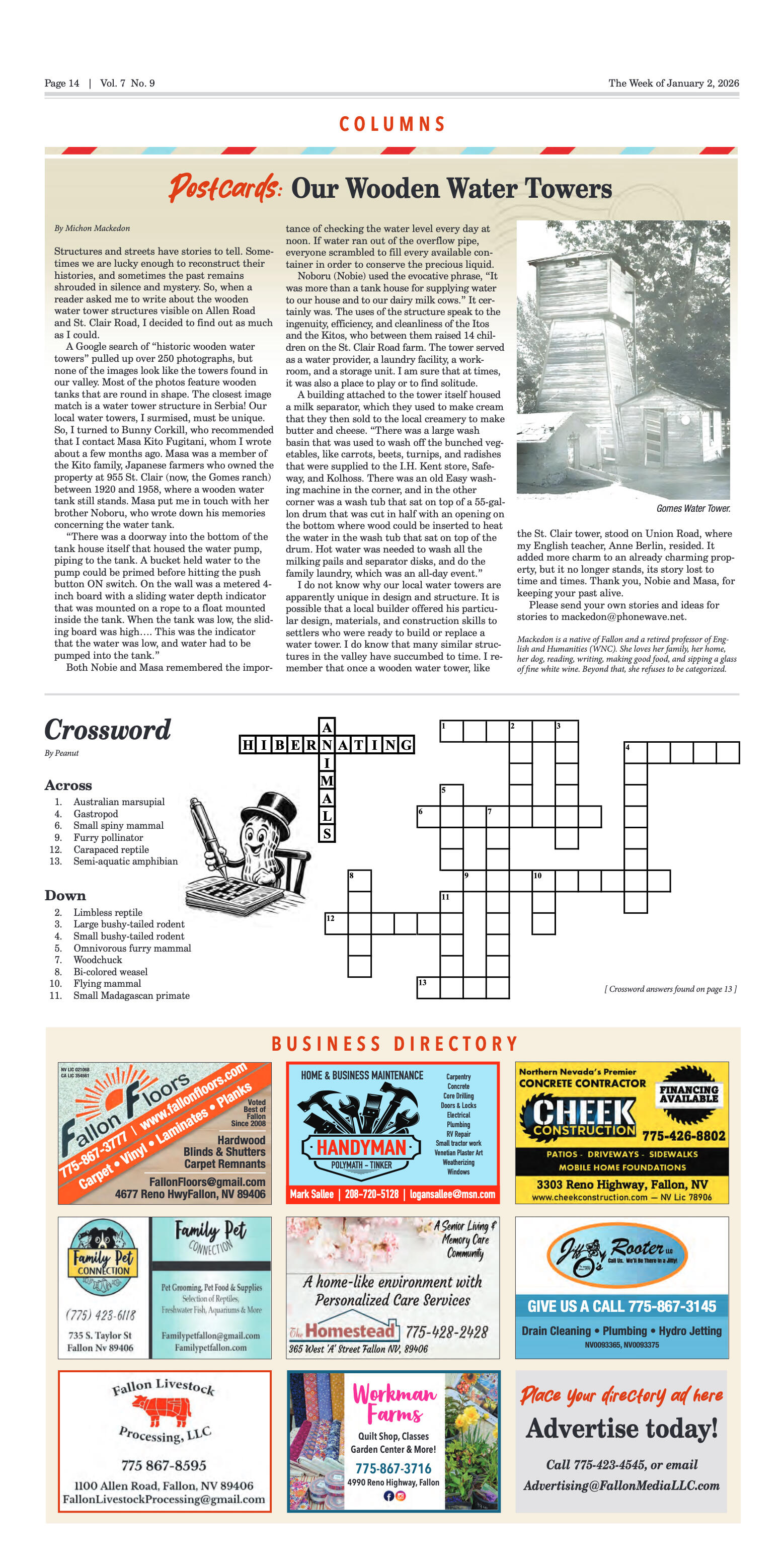

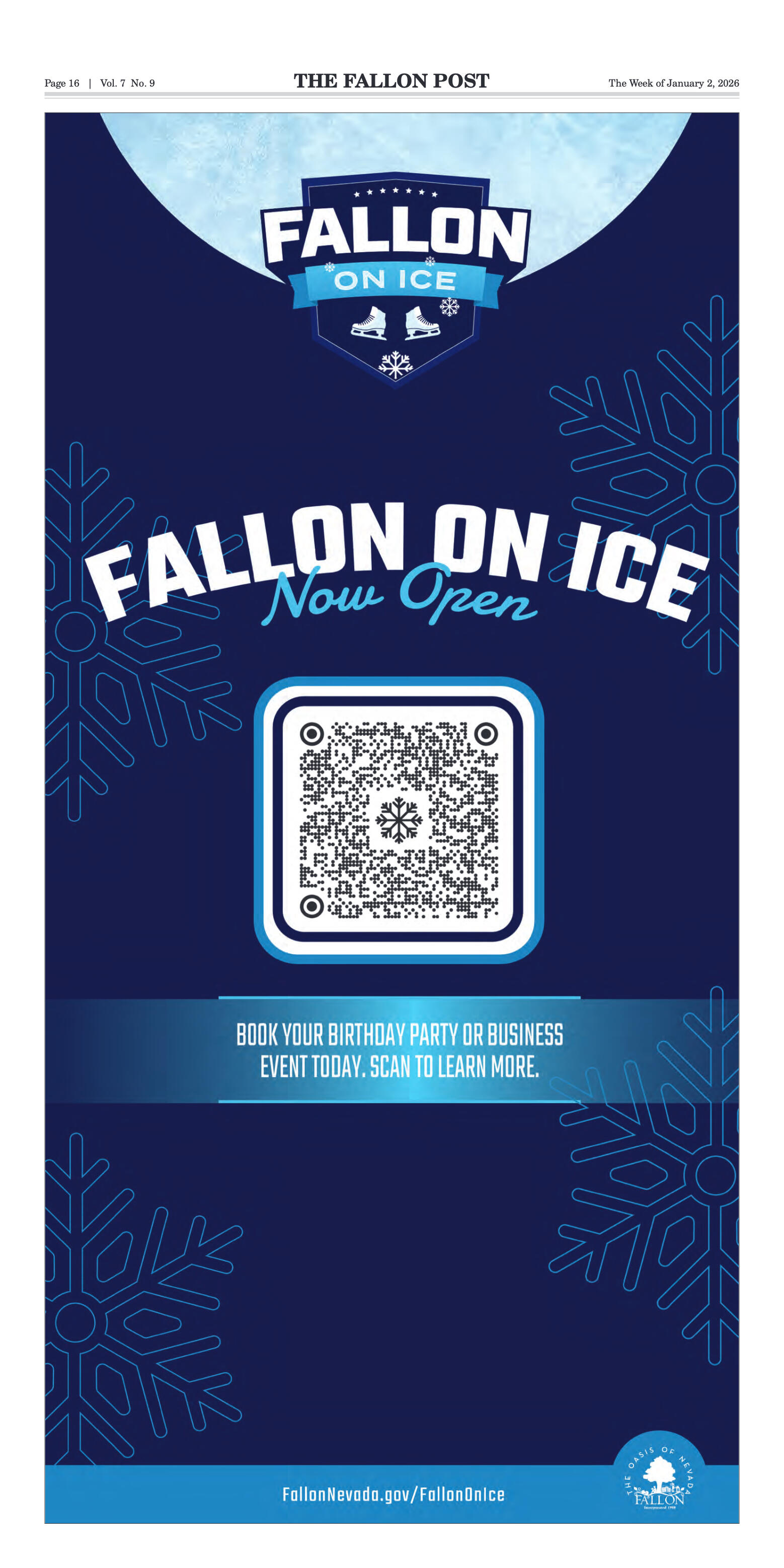






















Comment
Comments